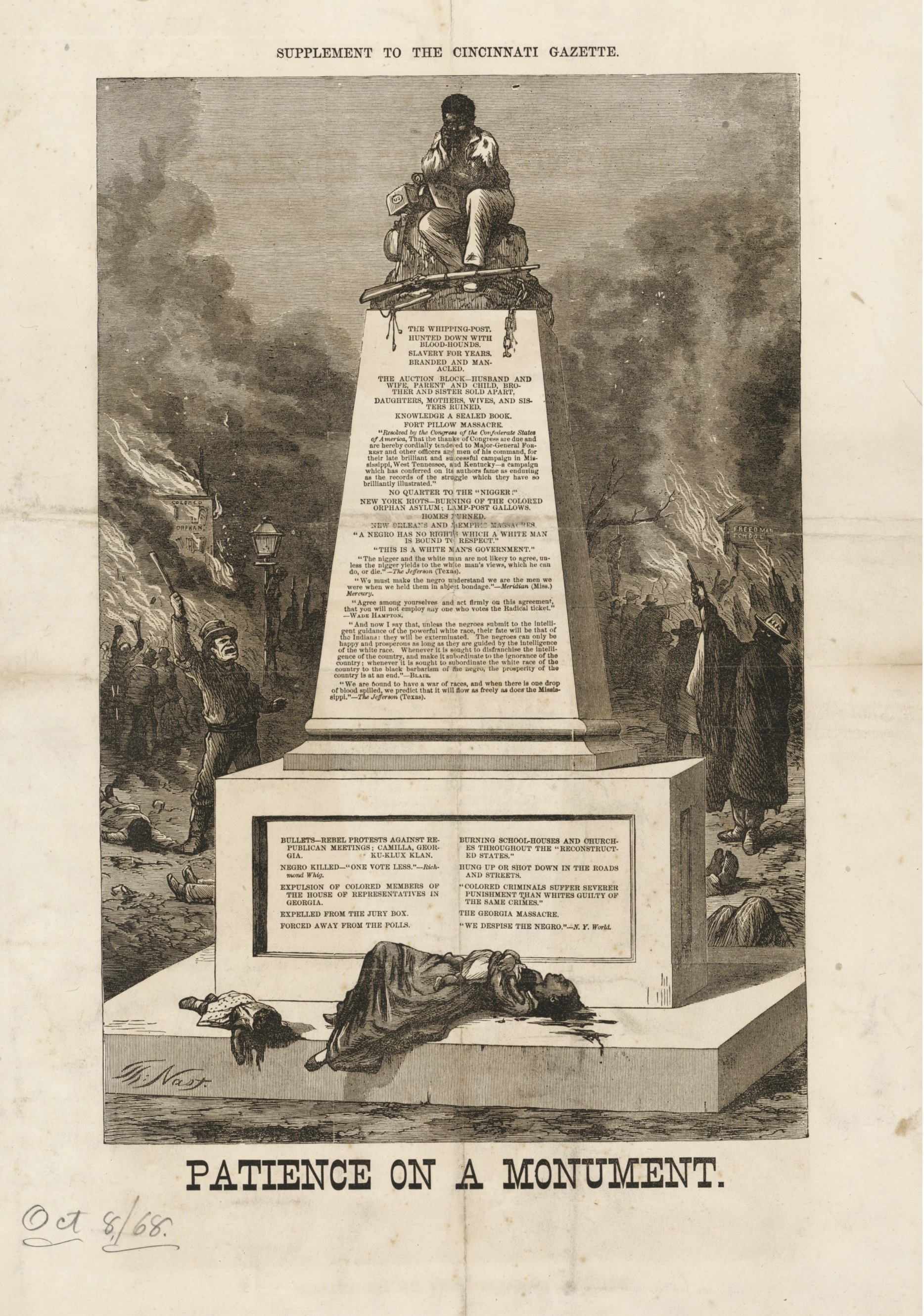What Is Juneteenth?
Juneteenth commemorates an effective end of slavery in the United States.

Juneteenth (short for “June Nineteenth”) marks the day when federal troops arrived in Galveston, Texas in 1865 to take control of the state and ensure that all enslaved people be freed. The troops’ arrival came a full two and a half years after the signing of the Emancipation Proclamation. Juneteenth honors the end to slavery in the United States and is considered the longest-running African American holiday. On June 17, 2021, it officially became a federal holiday. Juneteenth 2024 will occur on Wednesday, June 19.
Confederate General Robert E. Lee had surrendered at Appomattox Court House two months earlier in Virginia, but slavery had remained relatively unaffected in Texas—until U.S. General Gordon Granger stood on Texas soil and read General Orders No. 3: “The people of Texas are informed that, in accordance with a proclamation from the Executive of the United States, all slaves are free.”
The Emancipation Proclamation
The Emancipation Proclamation issued by President Abraham Lincoln on January 1, 1863, had established that all enslaved people in Confederate states in rebellion against the Union “shall be then, thenceforward, and forever free.”
But in reality, the Emancipation Proclamation didn’t instantly free any enslaved people. The proclamation only applied to places under Confederate control and not to slave-holding border states or rebel areas already under Union control. However, as Northern troops advanced into the Confederate South, many enslaved people fled behind Union lines.
Juneteenth and Slavery in Texas
In Texas, slavery had continued as the state experienced no large-scale fighting or significant presence of Union troops. Many enslavers from outside the Lone Star State had moved there, as they viewed it as a safe haven for slavery.
After the war came to a close in the spring of 1865, General Granger’s arrival in Galveston that June signaled freedom for Texas’s 250,000 enslaved people. Although emancipation didn’t happen overnight for everyone—in some cases, enslavers withheld the information until after harvest season—celebrations broke out among newly freed Black people, and Juneteenth was born. That December, slavery in America was formally abolished with the adoption of the 13th Amendment.
The 13th Amendment to the U.S. Constitution, ratified in 1865 in the aftermath of the Civil War, abolished slavery in the United States. The 13th Amendment states: “Neither slavery nor involuntary servitude, except as a punishment for crime whereof the party shall have been duly convicted, shall exist within the United States, or any place subject to their jurisdiction.”

Illustrated print by Thomas Nast depicting life before and after emancipation.
The year following 1865, freedmen in Texas organized the first of what became the annual celebration of "Jubilee Day" on June 19. In the ensuing decades, Juneteenth commemorations featured music, barbecues, prayer services and other activities, and as Black people migrated from Texas to other parts of the country the Juneteenth tradition spread.

A rare October 8, 1868 illustration printed in the Cincinnati Gazette reads, "Patience on a Monument." The illustration by Thomas Nast shows a freed man sitting atop a monument that lists evils perpetrated against Black people. A dead woman and children lie at the bottom of the monument, while violence and fires rage in the background. (Collection of the Smithsonian National Museum of African American History and Culture)
In 1979, Texas became the first state to make Juneteenth an official holiday; several others followed suit over the years. In June 2021, Congress passed a resolution establishing Juneteenth as a federal holiday; President Biden signed it into law on June 17, 2021.










